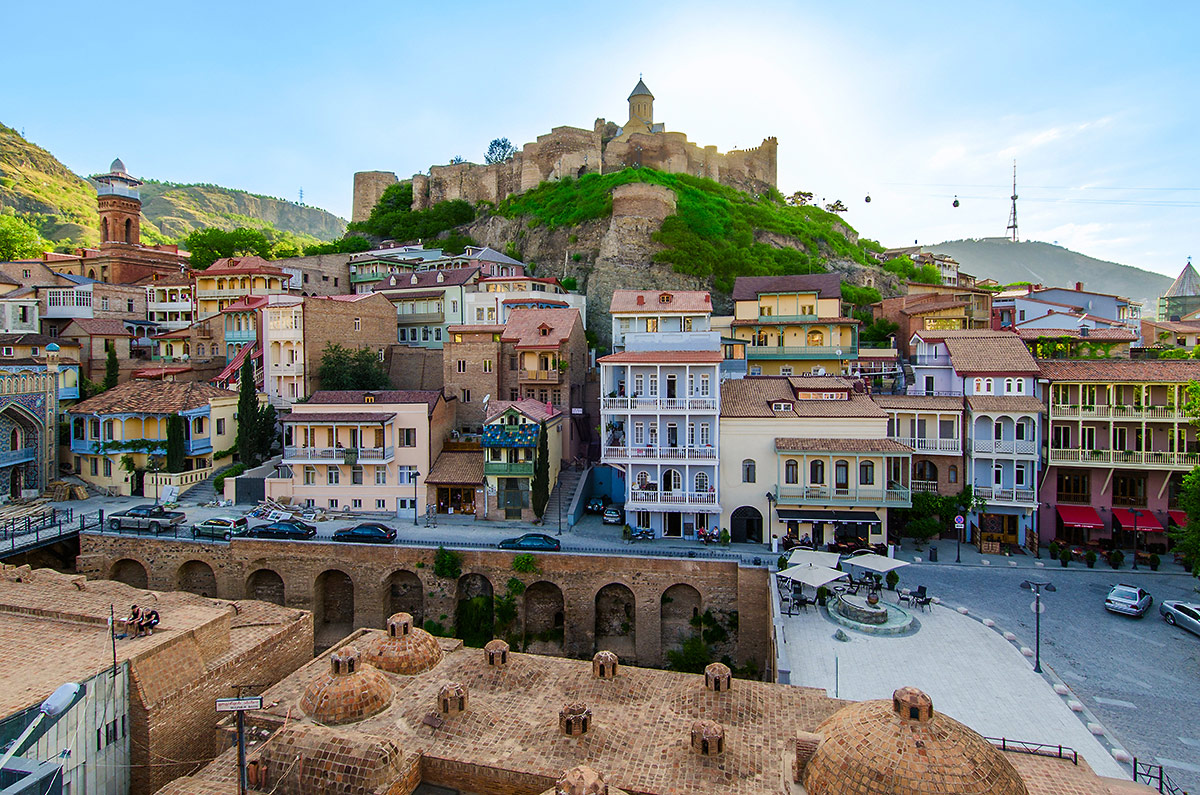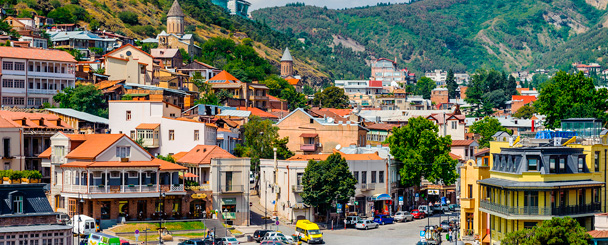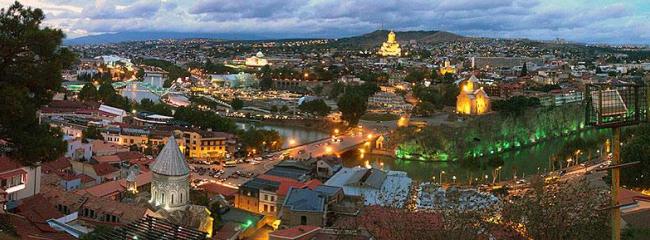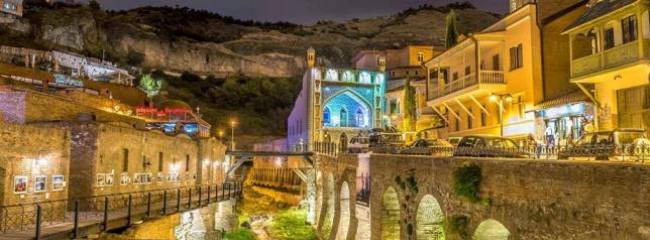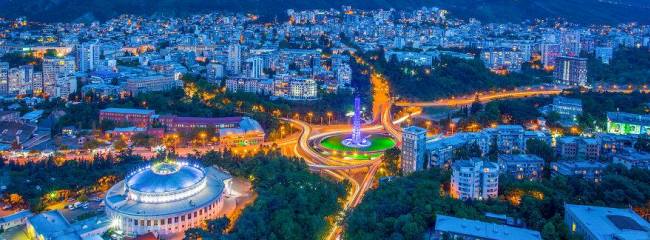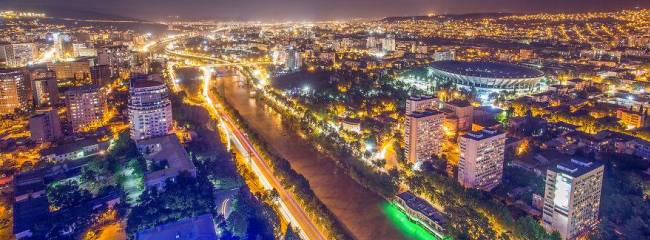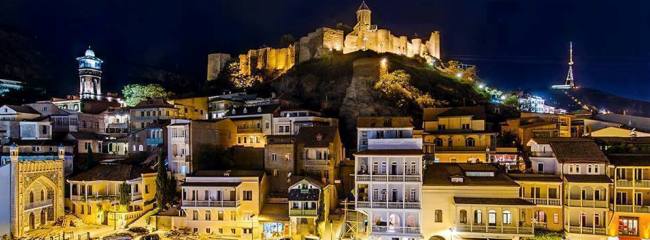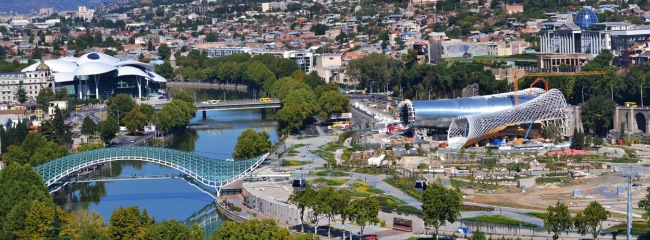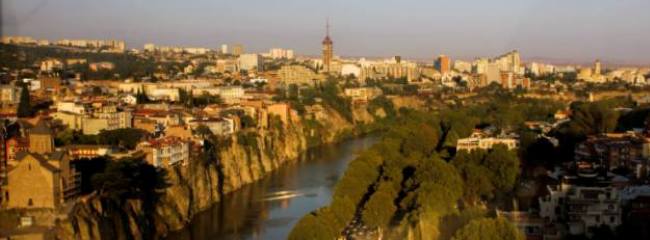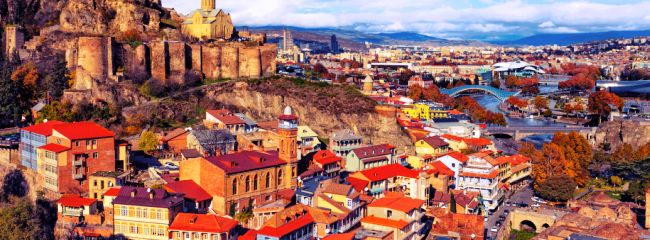About Tbilisi
Tbilisi, the capital of Georgia, was founded in the 5th century. According to legend, Vakhtang Gorgasali the King of Kartli, was hunting in an area that is now part of Tbilisi. While hunting, the king killed a pheasant, which fell into hot water and was boiled. The king commanded a city to be built around that very site. The sulfur baths have become a signature image of Tbilisi.
Many European travelers have talked about Tbilisi in their works. The city is at the crossroads between the East and West, Europe and Asia. On one hand, the capital of Georgia is a symbol of the convergence of diverse cultures. On the other, it is a living chronicle of the identity, life, and history of the Georgians. The capital has endured numerous battles, although the periods of destruction were always followed by those of restoration.
The cityscape of modern Tbilisi with its architecture and urban development reflects the change of epochs and cultures. The city is built on the banks of the river Mtkvari. In the historic part of Tbilisi one encounters buildings in the Baroque, Renaissance, and Neo-Renaissance styles, designed by renowned European architects.
Tbilisi boasts numerous medieval monuments. In the Old City, there are Orthodox, Roman Catholic, and Gregorian churches side-by-side, as well as a synagogue and a mosque.
